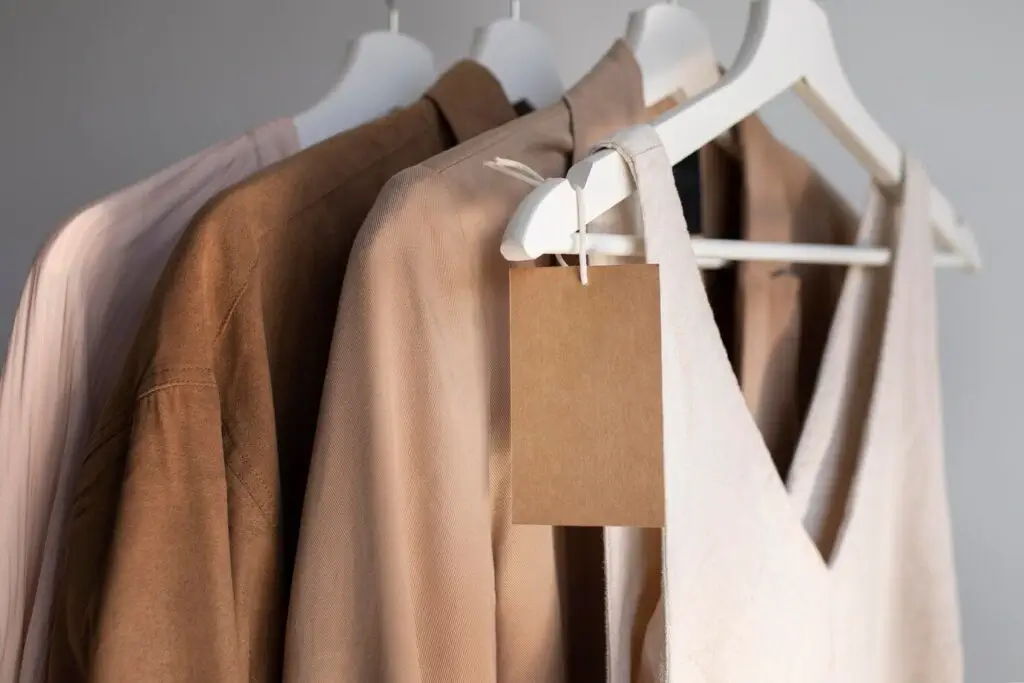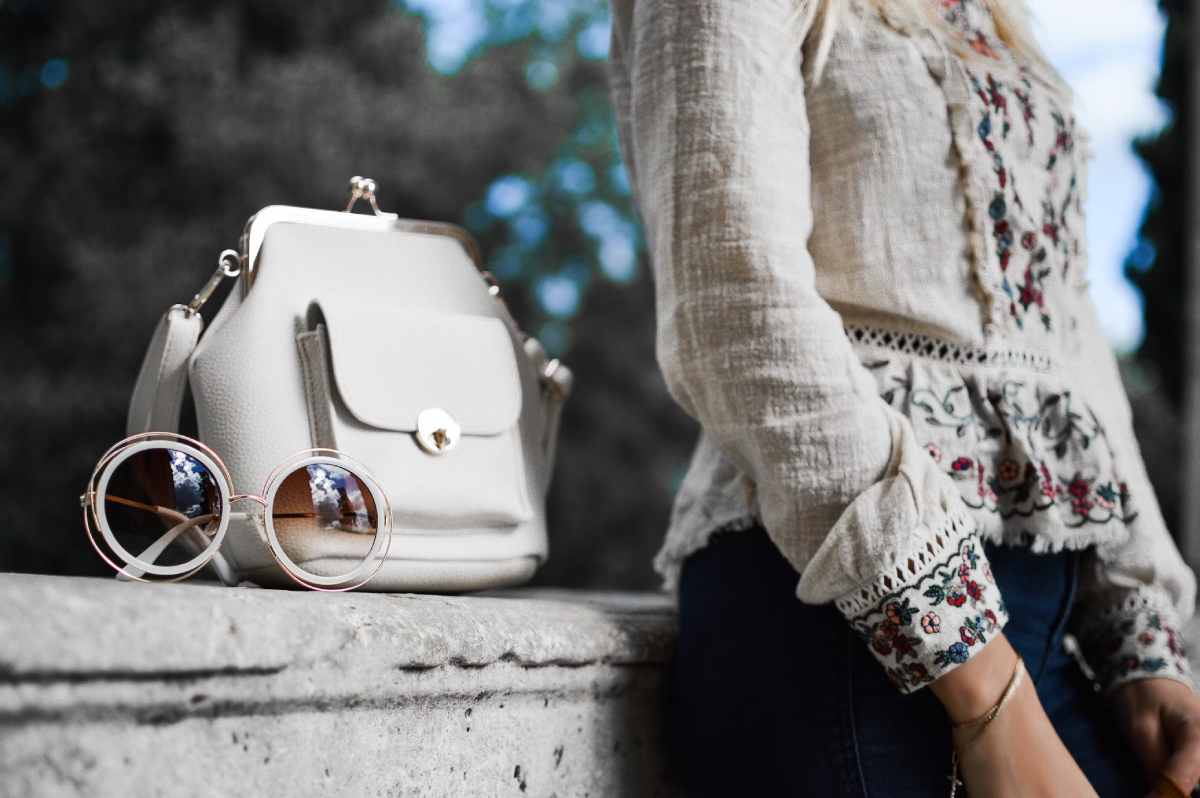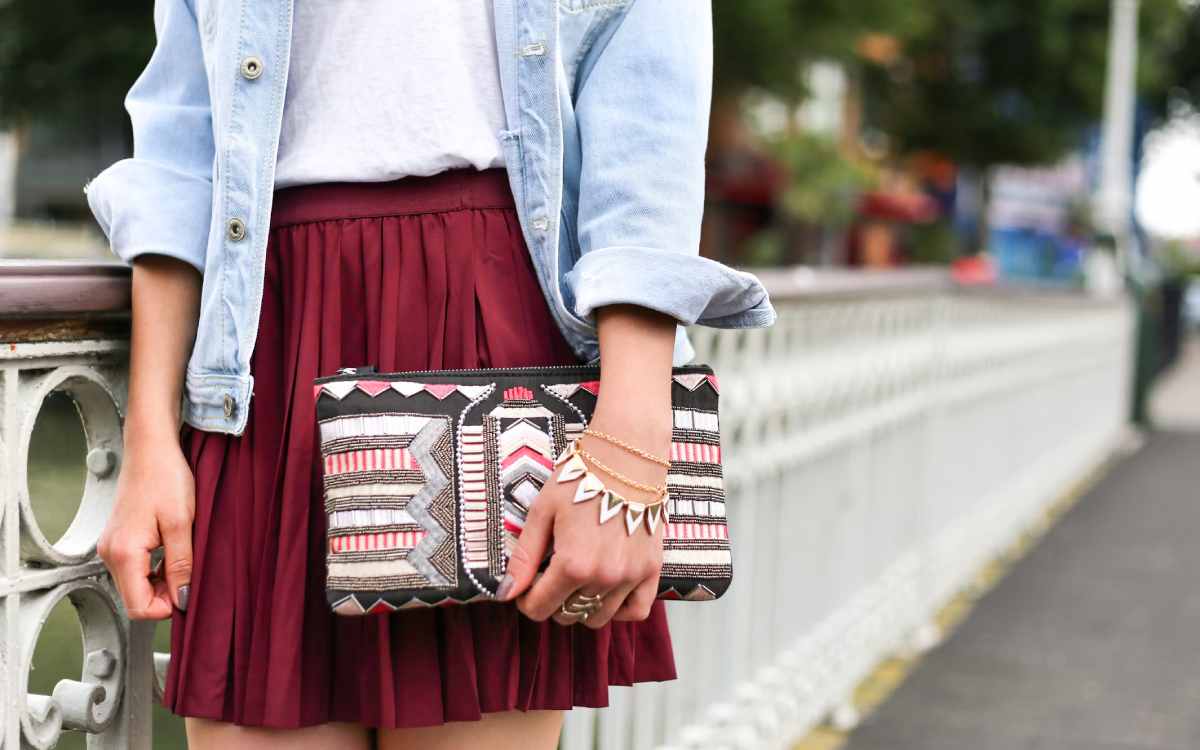The Role of Sustainability in Fashion
The fashion world has always been about glamour, artistry and decadence. Still, Fashion has always been about glamour, creativity, and luxury. People don’t realise that elegance comes with a hidden environmental and ethical price tag. A new era has arrived: sustainable luxury fashion. Designers focused on sustainability are changing the fashion landscape. They emphasise the

The fashion world has always been about glamour, artistry and decadence. Still, Fashion has always been about glamour, creativity, and luxury. People don’t realise that elegance comes with a hidden environmental and ethical price tag. A new era has arrived: sustainable luxury fashion. Designers focused on sustainability are changing the fashion landscape. They emphasise the environment and employ green practices.
Consumers and brands are appreciating the power of ethical high fashion. It is vital for sustainability, plus it provides quality and exclusivity. This article is about sustainability in fashion and how it examines the industry’s challenges and the new thinking that is inspiring change.
The Environmental Impact of Fashion

Fashion is among the world’s most polluting industries. Its urgency potential is large. That includes high water use, carbon emissions and textile waste.
Key Environmental Concerns
- Water Use: The fashion industry consumes around 93 billion cubic meters of water each year. Cotton production is a big part of this. Making one cotton t-shirt takes around 2,700 litres of water.
- Carbon Emissions: Textile production is responsible for nearly 10% of global carbon emissions, which is higher than what the aviation and shipping industries produce combined.
- Waste & Landfills: Fast fashion encourages overconsumption. This leads to 92 million tonnes of clothing waste yearly. Much of it goes to landfills or gets burned.
- Chemical Pollution: Toxic dyes, synthetic fibers, and textile treatments pollute water and spread microplastics. These pollutants harm marine life and human health.
Luxury fashion houses are now recognising the importance of sustainability. They are making sure that high-end fashion also cares for the environment.
The Rise of Sustainable Luxury Fashion
Sustainable luxury fashion is not just a trend—it’s a necessary evolution. High-end designers and heritage brands are redefining their processes to reduce waste, lower emissions, and support ethical production.
What Defines Sustainable Luxury Fashion?
- Ethical Sourcing: Using responsibly sourced materials, such as organic cotton, bamboo, and recycled fabrics.
- Eco-Friendly Production: Minimising pollution through sustainable dyeing techniques and water conservation.
- Fair Labour Practices: Ensuring safe working conditions and fair wages for artisans and workers.
- Slow Fashion: Focusing on timeless, high-quality pieces that encourage longevity over seasonal trends.
- Animal Welfare: Moving away from fur, exotic skins, and unethical animal-derived materials in favour of cruelty-free alternatives.
Ethical High-End Fashion: Leading Brands Making a Difference

Many luxury brands lead sustainably. They show that eco-friendly and exclusive designs can work together.
1. Stella McCartney: Pioneering Ethical Luxury
Stella McCartney is synonymous with sustainable luxury fashion. Since starting her brand, she has supported cruelty-free and eco-friendly materials and promoted ethical business practices.
Sustainable Initiatives:
- Use no leather or fur. Instead, choose innovative options like Mylo™ mushroom leather and Econyl® regenerated nylon.
- Recycled cashmere, organic cotton, and regenerative wool.
- Sustainable supply chain transparency, ensuring ethical sourcing.
2. Gucci: A Commitment to Carbon Neutrality
Gucci is a leader in luxury fashion. It is working hard to cut its carbon footprint with several initiatives.
Key Sustainability Efforts:
- Gucci Equilibrium: A commitment to social and environmental sustainability.
- Carbon neutrality: Offsetting all carbon emissions within its supply chain.
- Circular fashion model: Incorporating recycled materials and reducing waste through upcycling initiatives.
3. Hermès: Balancing Heritage with Innovation
Hermès is famous for its traditional craftsmanship. Now, it’s also adding sustainability to its iconic designs.
Notable Innovations:
- Sylvania leather: A sustainable, bio-fabricated material developed for handbags.
- Ethical sourcing of exotic skins through stringent animal welfare standards.
- Commitment to handmade craftsmanship, reducing mass production waste and ensuring longevity.
4. Louis Vuitton: Eco-Friendly Luxury
Louis Vuitton is incorporating sustainability through material innovation and responsible production.
Sustainable Strategies:
- Introduction of LV Trainer Upcycling sneakers made from repurposed materials.
- Use of Econyl®: A regenerated nylon made from ocean plastics.
- Sustainable store designs with solar panels and eco-friendly construction materials.
The Role of Innovation in Sustainable Fashion
Innovation drives sustainable luxury fashion. It focuses on eco-friendly designs, materials, ethical sourcing, and reducing waste.
1. Sustainable Textiles & Alternatives
Fashion houses are adopting alternative materials that reduce environmental impact:
- Plant-based leather: Derived from mushrooms (Mylo™), pineapples (Piñatex®), and cacti.
- Recycled fabrics: Repurposing ocean plastics, fishing nets, and discarded textiles.
- Bioengineered silk: Lab-grown silk that replicates traditional silk without harming silkworms.
- Organic cotton & hemp: Reducing water consumption and pesticide use compared to conventional cotton.
2. Circular Fashion & Upcycling
Luxury brands are moving towards circular fashion, ensuring clothing is reused, repaired, or recycled.
- Chanel’s Upcycled Tweed: Reworking fabric scraps into new garments.
- Balenciaga’s Recycled Collections: Using post-consumer waste to create high-end pieces.
- Burberry’s Waste Reduction Pledge: Committed to eliminating unnecessary waste and increasing the use of sustainable fabrics.
3. Digital Fashion & Sustainability
Technology is reshaping luxury fashion through digital innovation:
- 3D Virtual Sampling: Reducing fabric waste by using digital prototypes before production.
- Blockchain Transparency: It helps ensure ethical sourcing. This means supply chains are traceable. It also prevents counterfeit products and greenwashing.
- Virtual Fashion Shows: Cutting emissions by hosting digital runway events instead of physical ones.
How Consumers Can Support Ethical High-End Fashion
Sustainability in fashion isn’t solely the responsibility of brands—consumers play a crucial role in driving change.
Practical Ways to Make a Difference:
Invest in Quality Over Quantity: Buy timeless, well-made pieces instead of fast fashion.
- Choose Sustainable Brands: Support designers committed to ethical production.
- Recycle & Resell: Join luxury resale sites like Vestiaire Collective, The RealReal, and Rebag.
- Check Ethical Standards: Look for certifications like GOTS, Fair Trade, and Bluesign®.
- Repair & Repurpose: Make your luxury items last. Maintain, fix, or repurpose them instead of tossing them out.
Looking Ahead: The Future of Sustainable Luxury Fashion
Sustainable fashion is growing fast. Brands are now using long-term plans for a greener future.
What to Expect in the Next Decade:
- Zero-Waste Fashion: Advancements in fabric recycling and regenerative design.
- Increased Vegan & Cruelty-Free Materials: Expanding beyond traditional leather and fur.
- Sustainability Regulations: Governments enforce stricter eco-friendly policies.
- Greater Consumer Awareness: Shoppers demanding ethical high-end fashion choices.
Conclusion: A Sustainable Future for Luxury Fashion

Fashion sustainability is no longer optional. Now, it’s a necessity for the future of luxury. Innovative green designers, responsible sourcing, and tech innovations pave the way to a greener and fairer industry.
Sustainable luxury fashion lies at the intersection of high-end fashion and the eco-mindfulness of the modern consumer. It shows that haute couture and devotion to the planet can coexist.